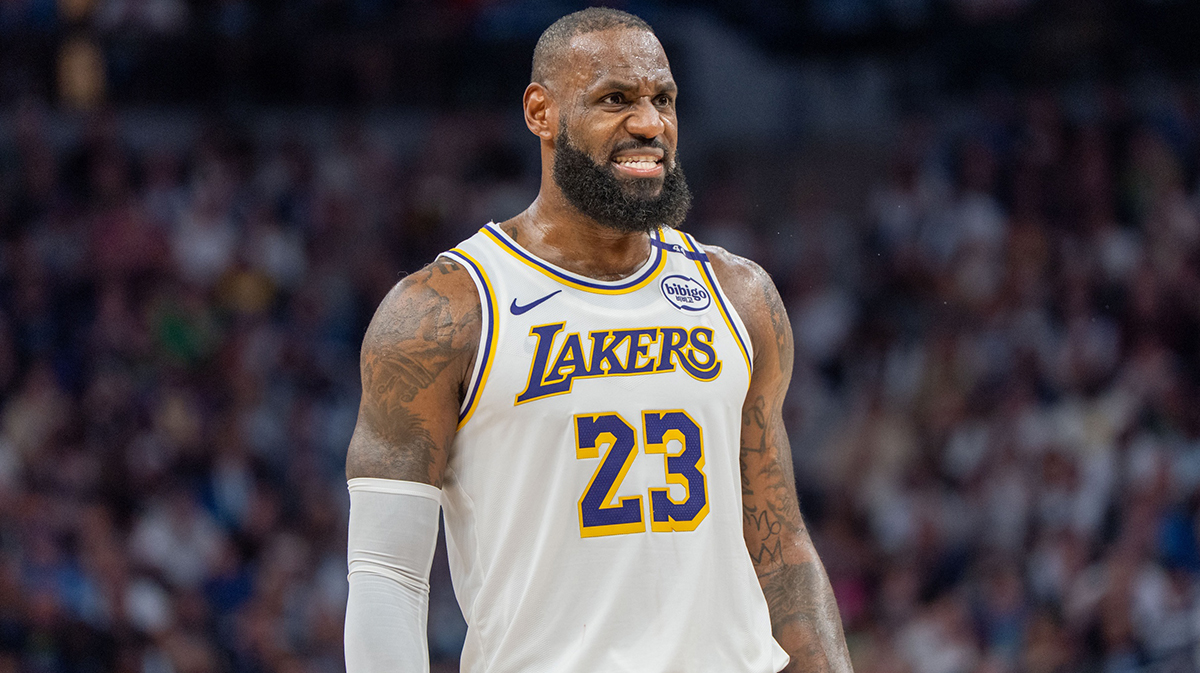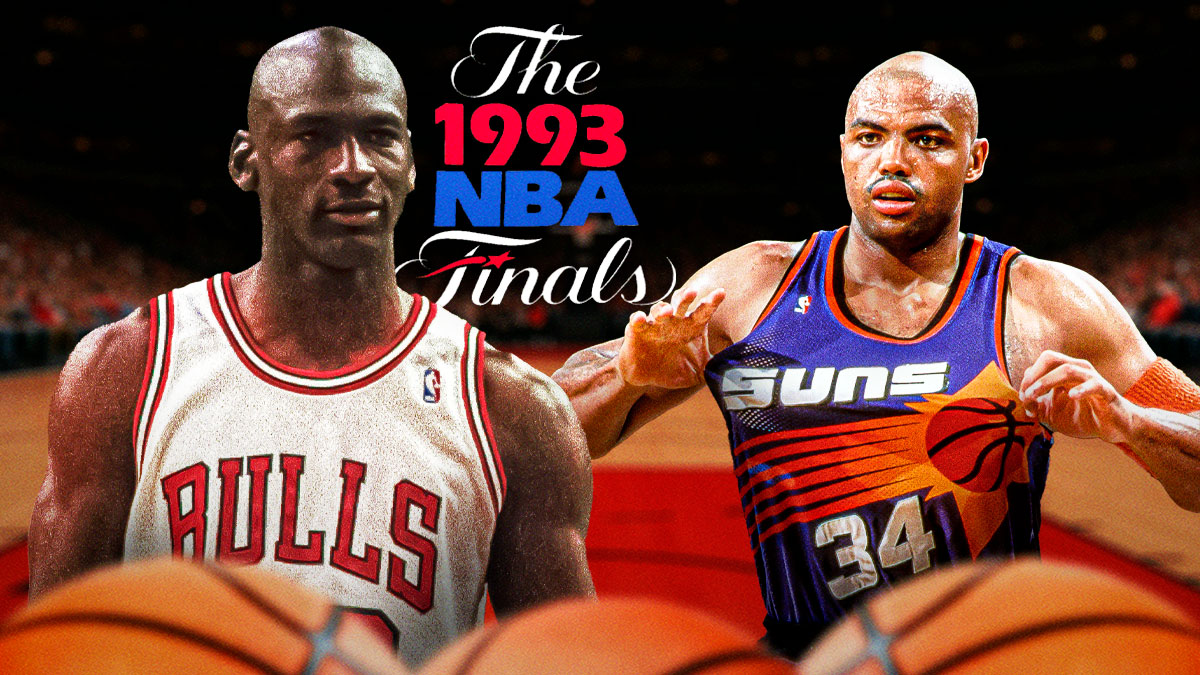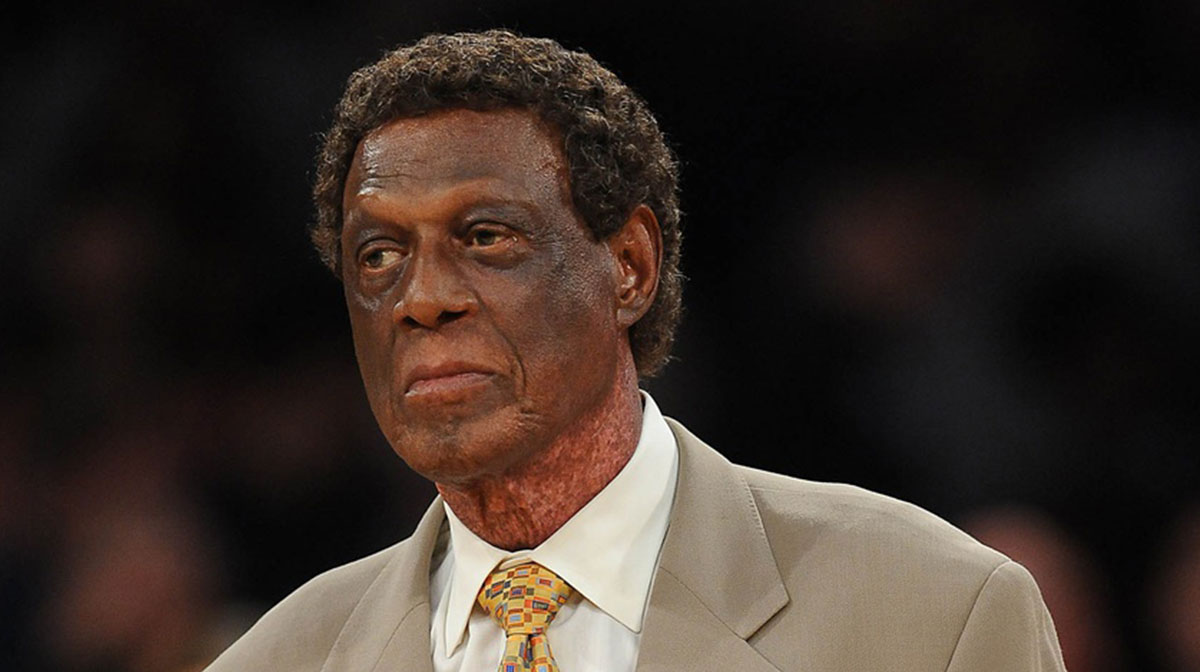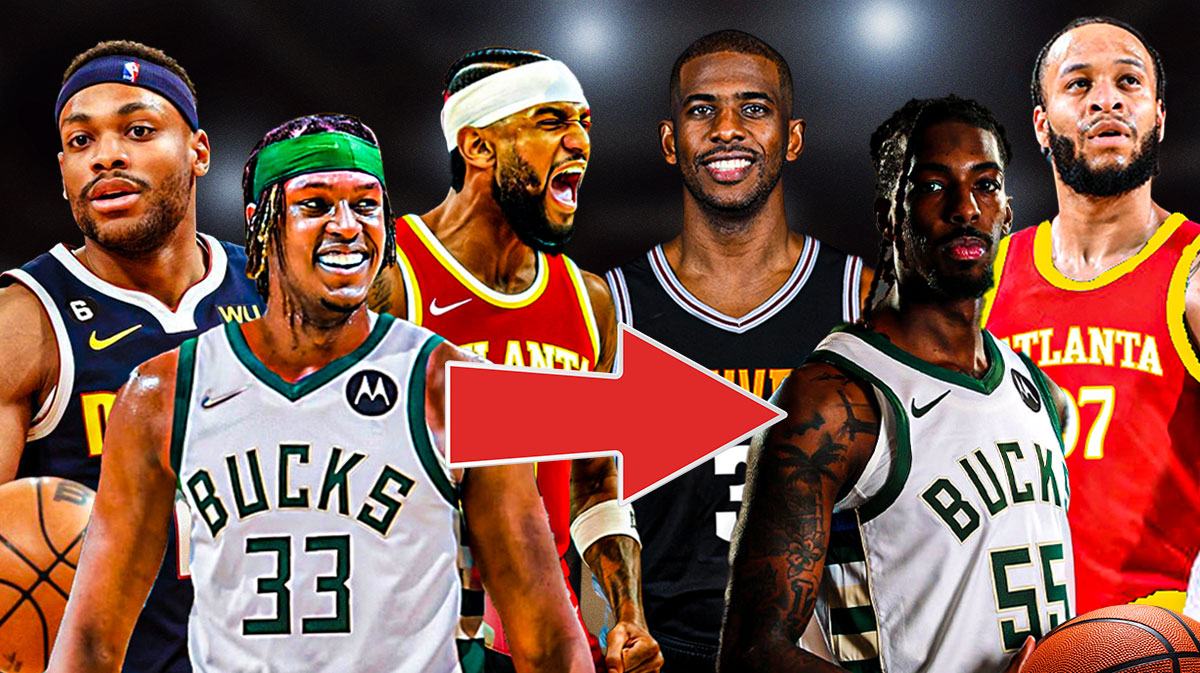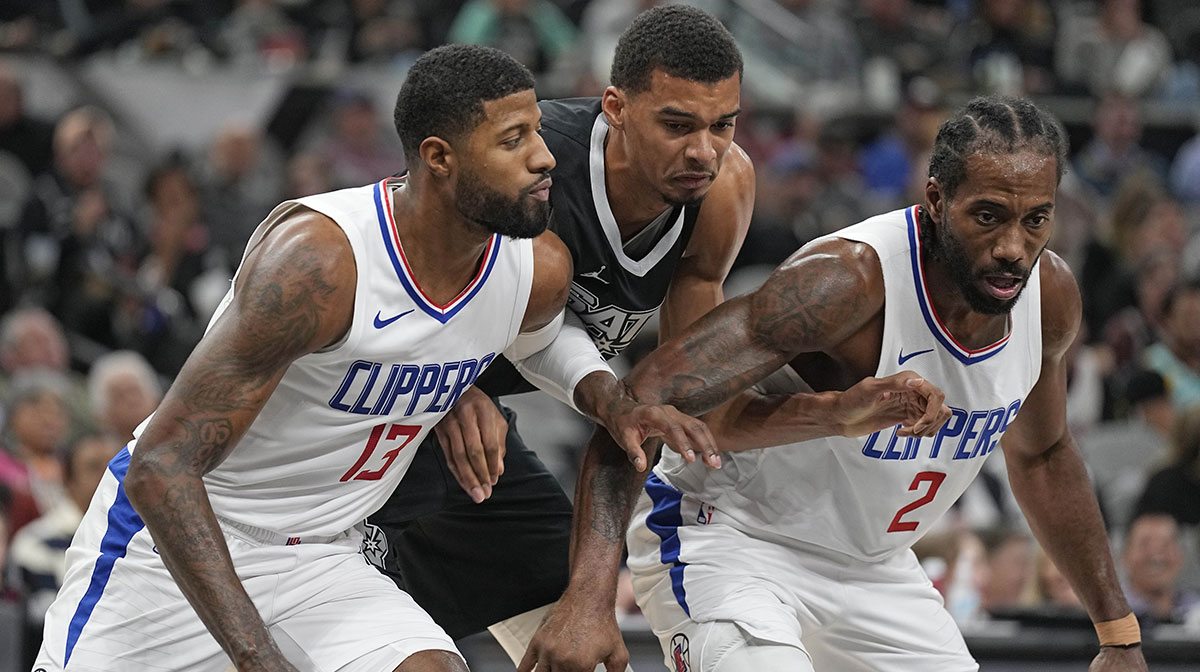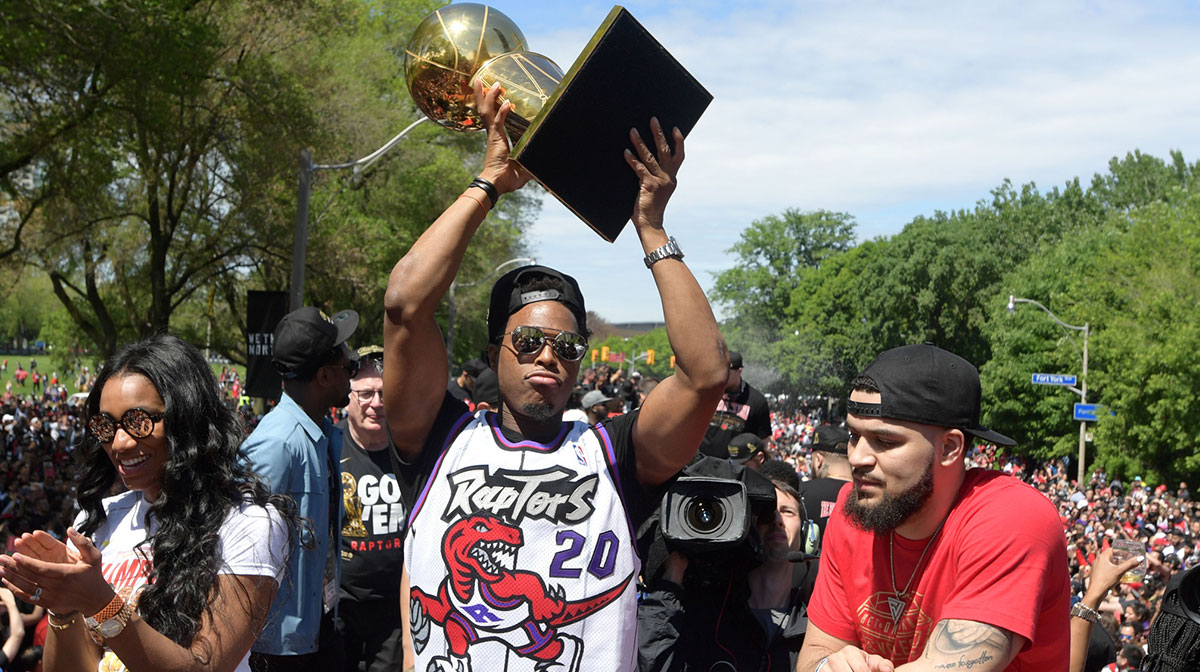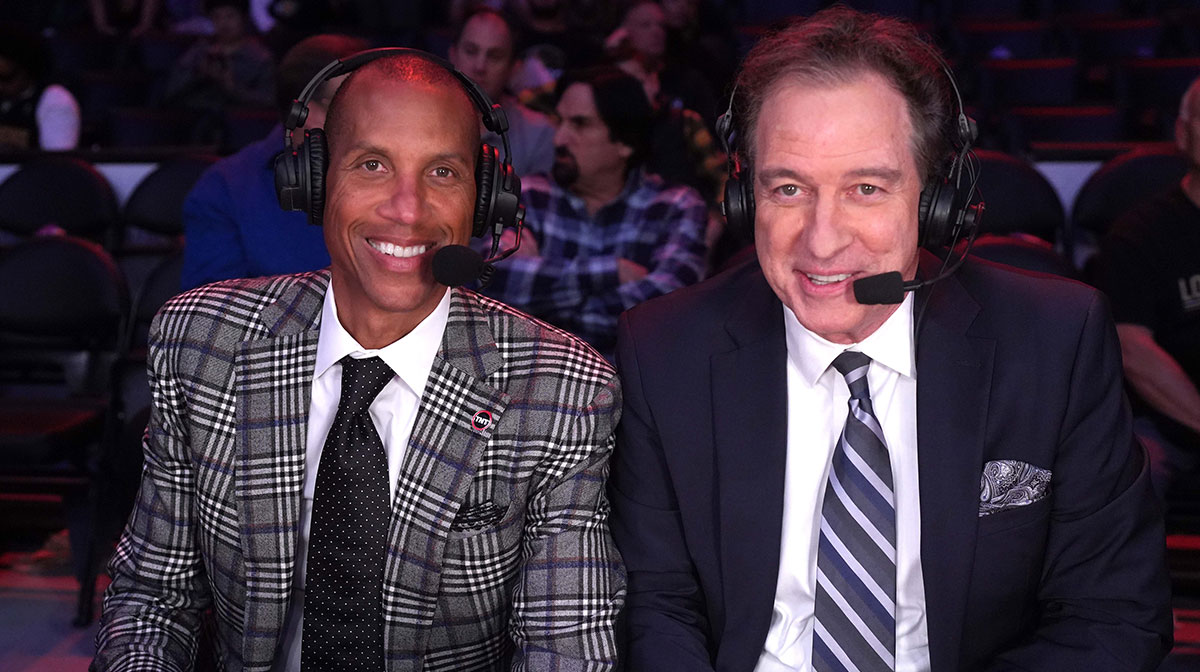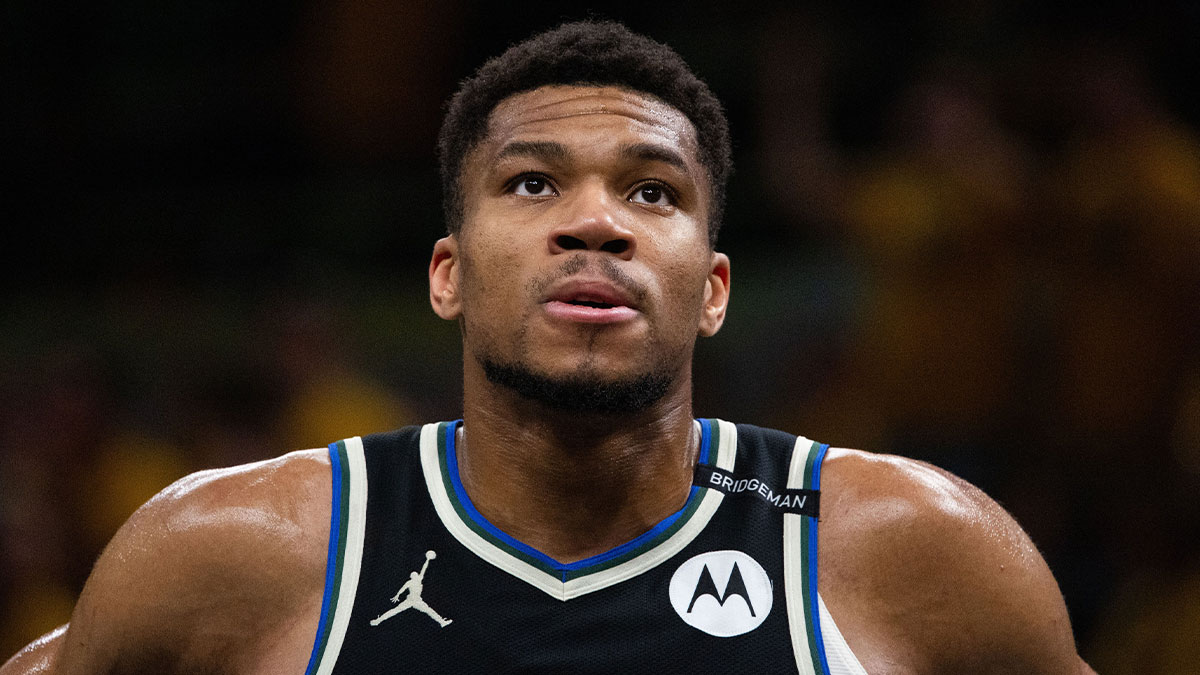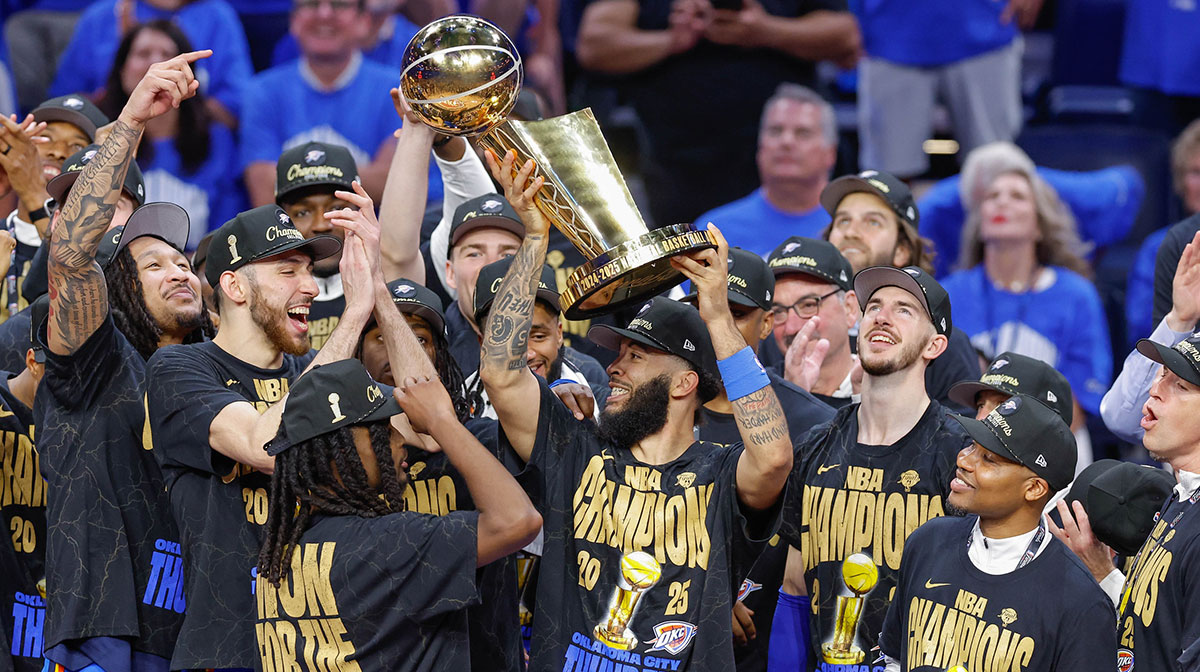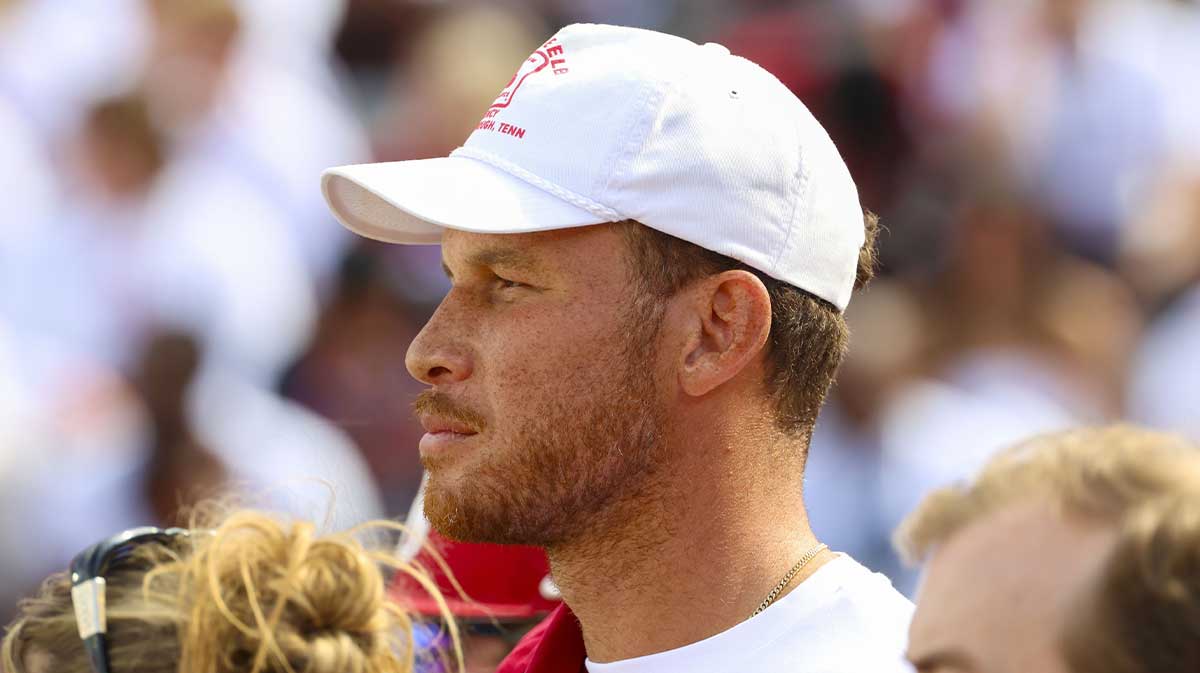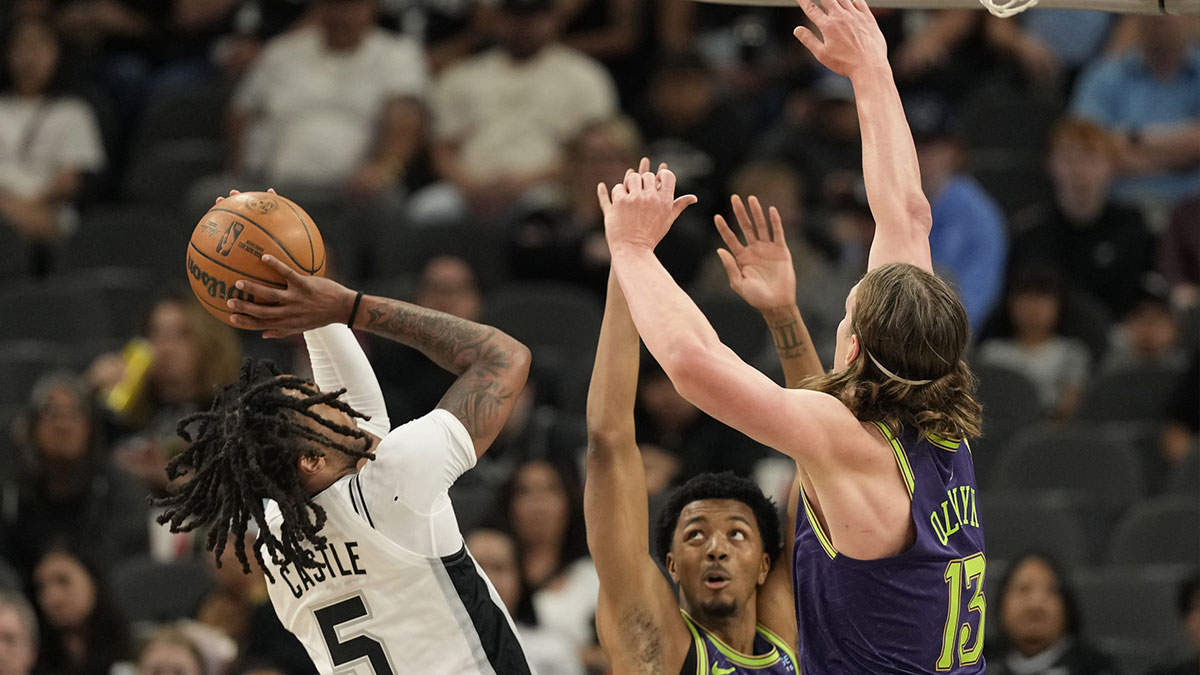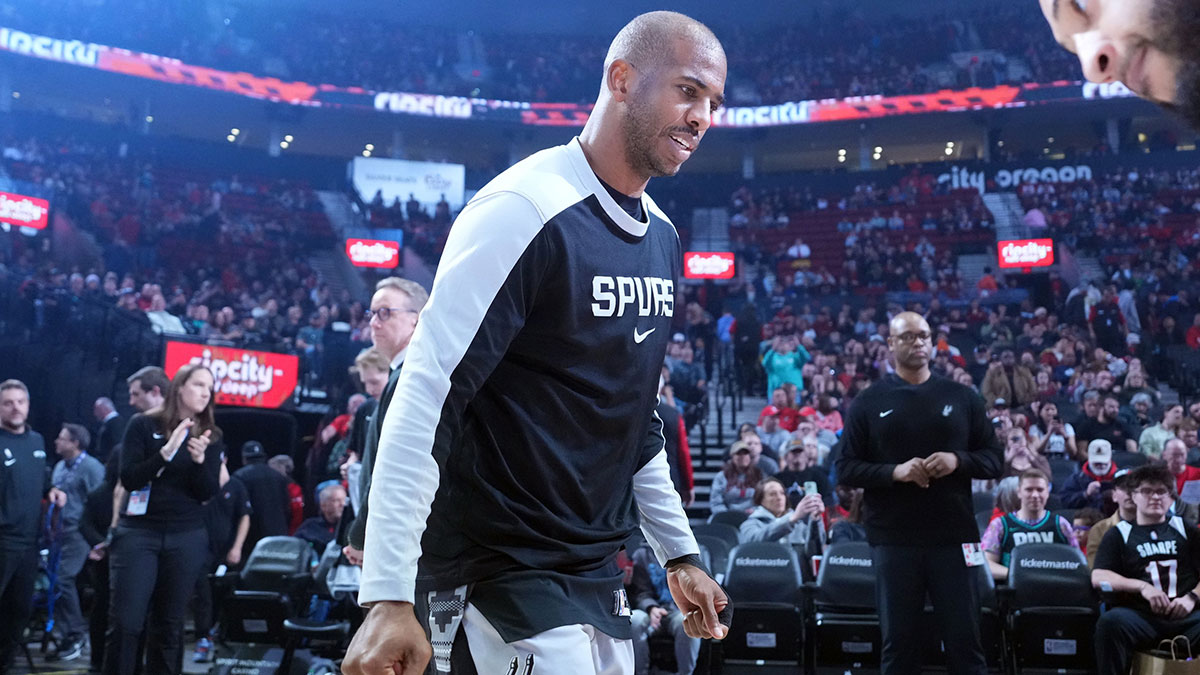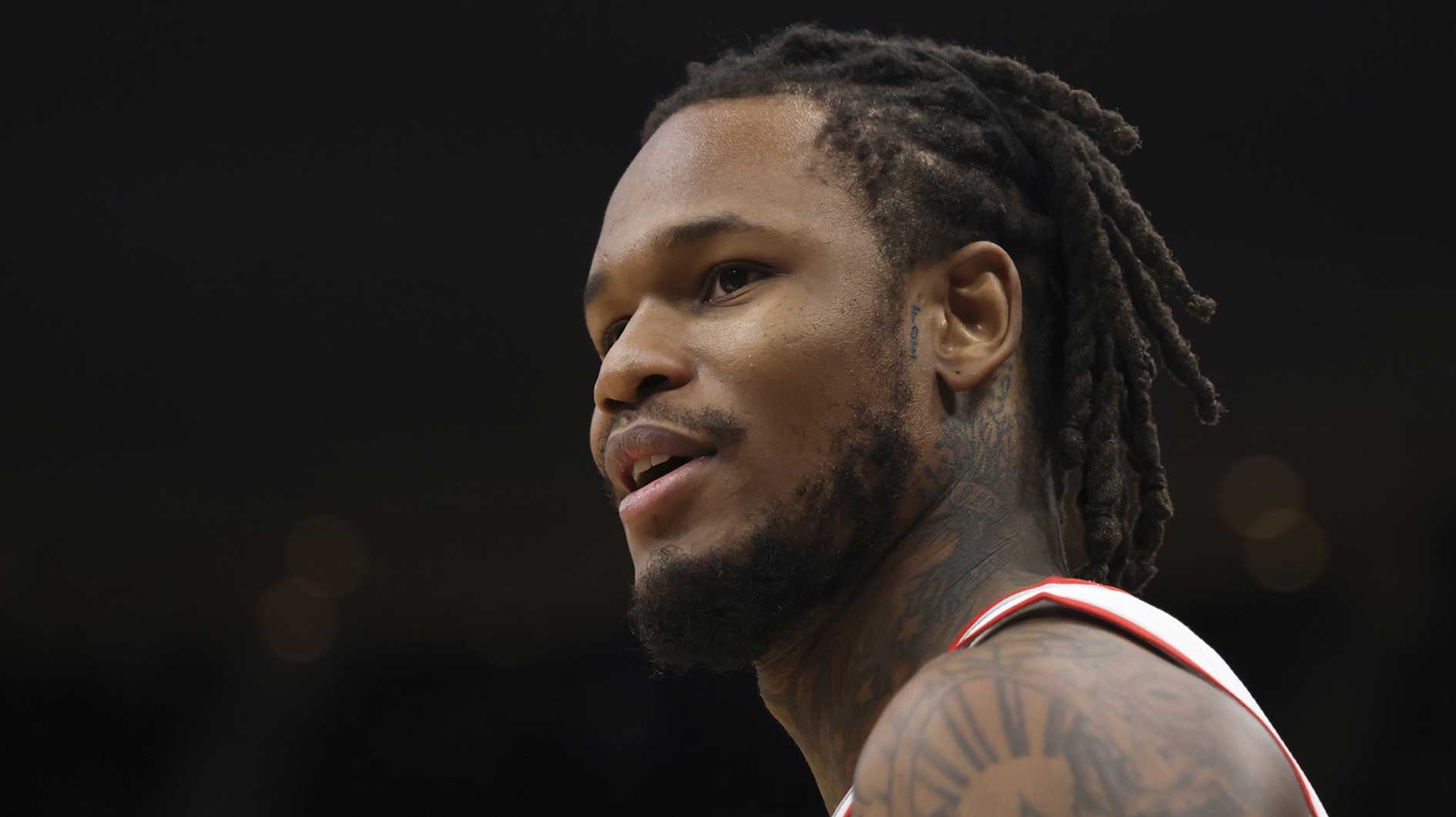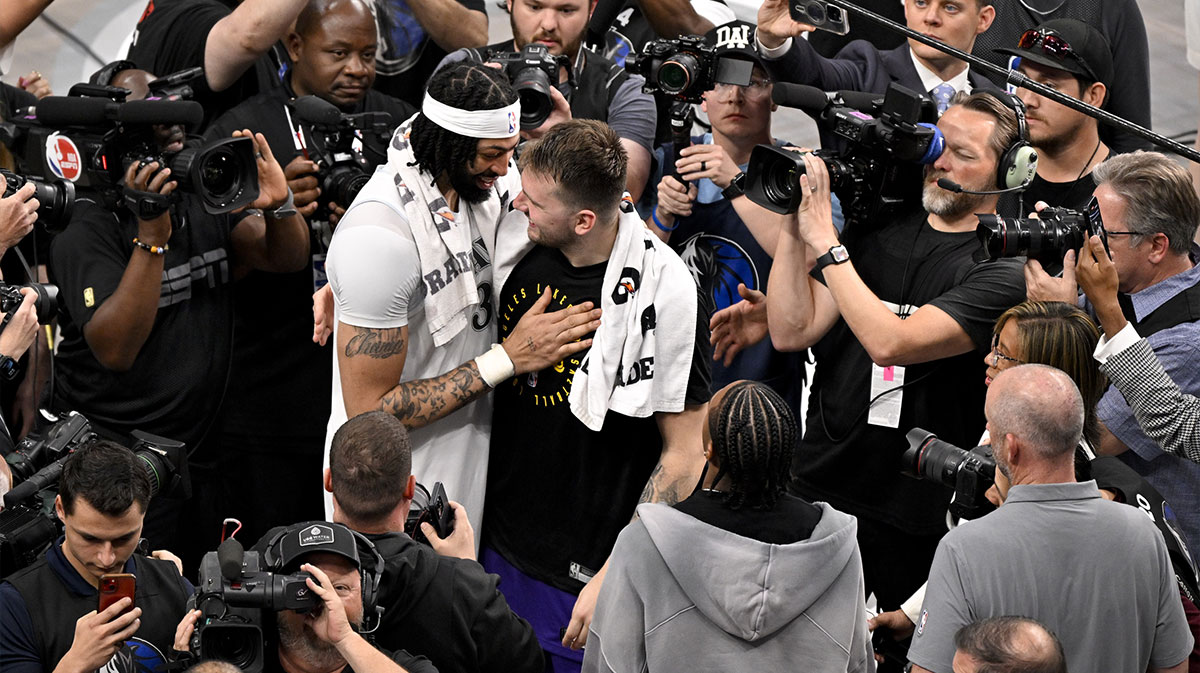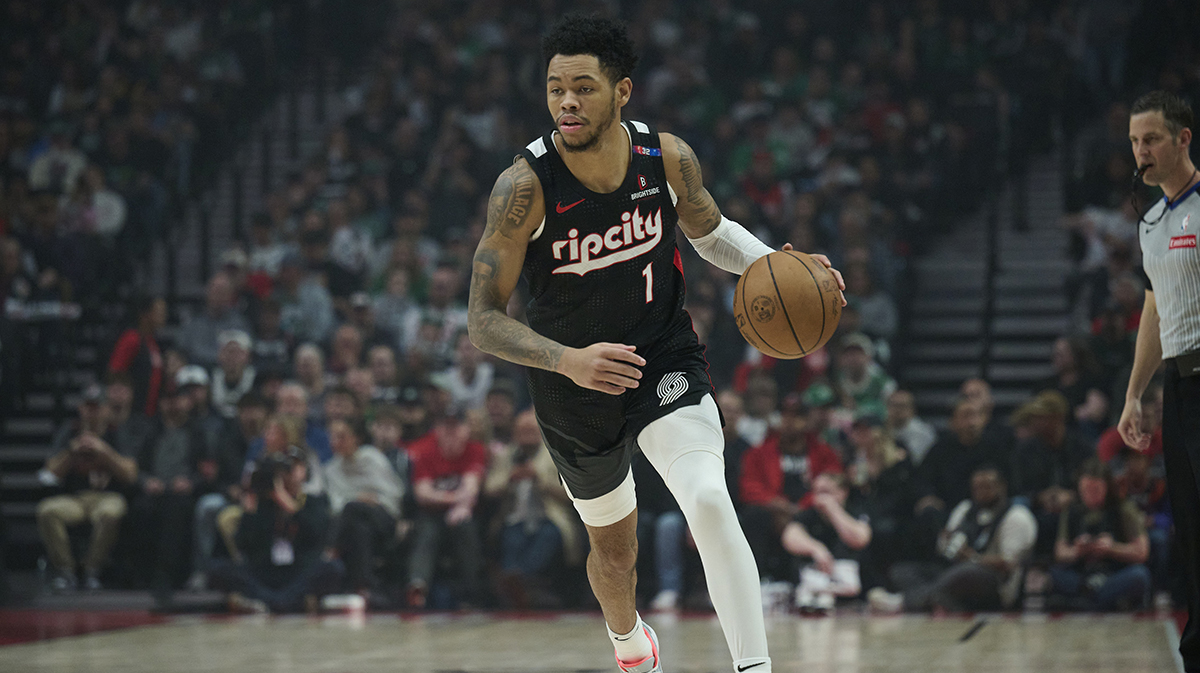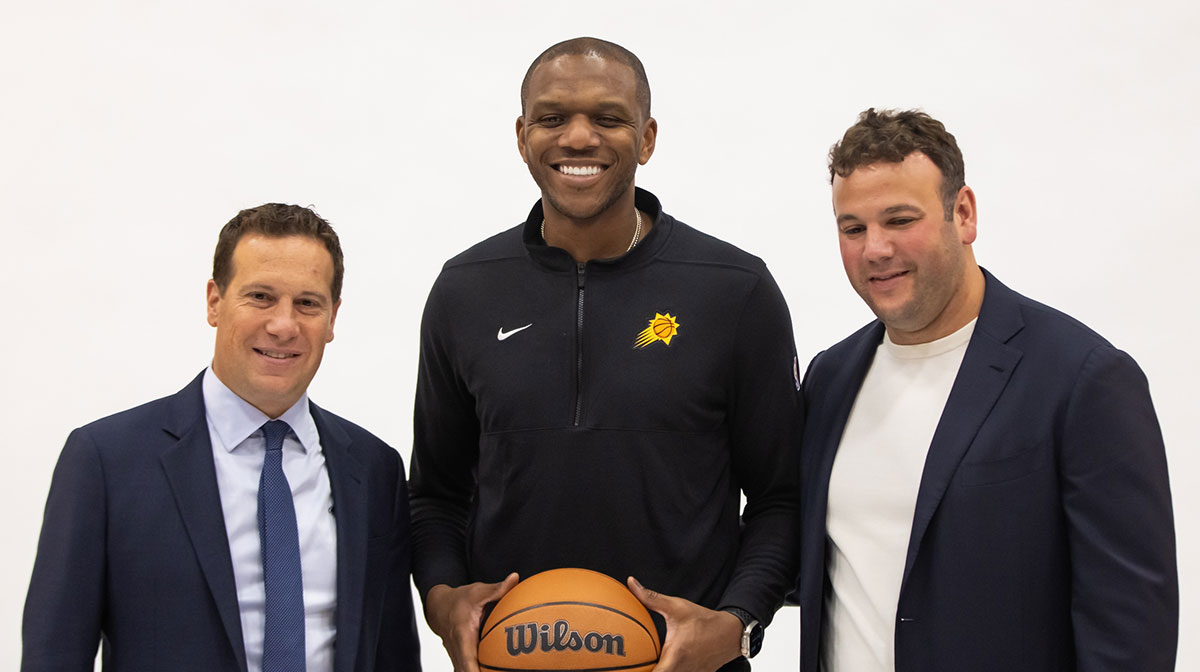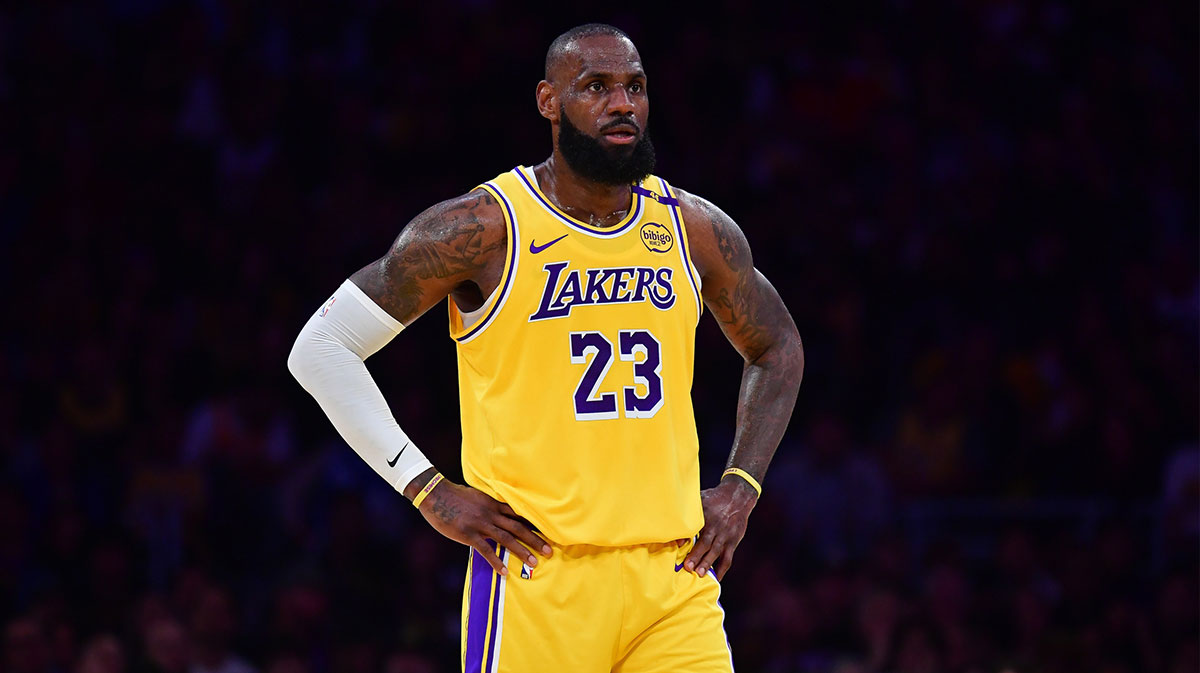If you've been following the NBA you've definitely noticed a trend in player movement. Over the past couple of seasons, the league’s best players are all either going to or staying in the Western Conference. To make things even worse, the talent-rich West has added more talent from the East during the 2018 offseason.
Since the end of the 2015-16 season, former Eastern Conference All-Stars LeBron James, DeMar DeRozan, Jimmy Butler, Paul George, Carmelo Anthony, Isaiah Thomas, Paul Millsap, Derrick Rose, and Jeff Teague all either left their teams via free agency or were traded to a team in the West.
In the same time frame, East gained Gordon Hayward, Blake Griffin, Kawhi Leonard (and regained Dwight Howard). The competitive balance went out the window, and that's not good for the fans, the players and the league. So is there a chance that the East will be as strong as the West in near future?

Over the past two decades, since Michael Jordan retired (for the first time), the West has dominated the East. It feels like an extremely long time. Furthermore, since Jordan's last title with the Bulls in 1998, only six NBA championship-winning teams have come from the Eastern Conference.
Many times the West Conference Finals were more competitive than a meaningless cakewalk in the East, a prime example, the 2002 Los Angeles Lakers vs the Sacramento Kings, a historic WCF series, followed by boring Finals, no one will remember, the Lakers destroyed the New Jersey Nets, in case you forgot. Often, Western teams with great records have not made the playoffs, while teams with losing records in the East have qualified easily.
Between 1999 and 2018, twelve East teams have made the playoffs with a sub .500 record. Within the same time span, zero West teams with a losing record have made the playoffs. In the 2007-08 season, the Golden State Warriors won 48 games and missed the playoffs while the Atlanta Hawks made the playoffs by winning just 37 games.

In the following season, the Phoenix Suns won 46 games and missed the postseason while the Detroit Pistons made it with just 39 wins. Then again the Suns, in the 2013-14 season, won 48 games and missed the playoffs while the Hawks advanced with 38 W’s. Another great example of this disparity is the 2002-03 season. The Pistons had a record of 50-32, which was good enough for the 1st seed in the East. In the West, the Portland Trailblazers also had a 50-32 record, but it was only good enough for the 6th seed.
The West has usually had the top team in the league. The Stronger Conference has won this category for five consecutive seasons, and in 12 out of the last 20. Western Conference teams have won 50-plus games twice as often (102) as the Eastern Conference teams (49), in the same timeframe as above.
Twice, in the 2007-08 and in the 2009-10 season, the entire Western playoff bracket reached 50+ wins (the most East had since 1998 is 4 teams, three times). League office noticed the gap, and two years ago explored the idea of changing the playoff format to seed teams 1-16 regardless of conference. But concerns about entertainment level, travel issues (new format would add approximately 40,000 miles to the NBA playoffs) and scheduling led the NBA to stick with the status quo. But Commissioner Adam Silver did not rule out revisiting the issue again down the road.

It is safe to say that, whichever conference has better teams should win more of the inter-conference matchups, and the outcome of those provides a general indicator of conference balance. West clearly dominates, with East winning more inter-conference games only twice over the past 20 seasons (in 1998-99 and 2008-09).
Moreover, the difference in wins was close only three times, in 1998-99 – 8 wins, 2008-09 – 12 wins and 2015-16 – 14 wins. As recently as 2013-14, the West won a whopping 118 more games against the East.
That season, the West’s No. 8 seed (Dallas Mavericks 49-33) would have been the No. 3 seed in the East. Similarly, in the 2003-04 (the West won 112 more games), the West’s No. 8 seed (Denver Nuggets 43-39) would have been the No. 4 seed.
Last season for the 18th time in 20 years the Western conference has had a winning record in head-to-head matchups, and overall leads by a substantial margin (1098 more wins). Here's a breakdown of the head-to-head records for regular season games in the cross-conference rivalry.

This talent disparity does not come from anything. Bad or unsuccessful high draft picks (Kwame Brown, Anthony Bennett, Eddy Curry, Darko Milicic, Jay Williams, Adam Morrison, and Michael Beasley), and one-sided draft-day trades (the Dallas Mavericks managed to land Dirk Nowitzki in 1998 from the Milwaukee Bucks, in exchange for Robert Taylor; the Chicago Bulls traded LaMarcus Aldridge in 2006 to the Blazers for the rights to Tyrus Thomas and Viktor Khryapa; the Indiana Pacers selected Kawhi Leonard in 2011, but sent him with two other players to the San Antonio Spurs for George Hill) have kept the majority of the star talent heading out West.
Between the years 1998 and 2018, an Eastern Conference team selected 1st overall on 13 occasions. All of these top picks didn't do much to reduce the disparity between the East and the West (aside from the 2003 NBA draft).
At the same time West teams like Thunder (selected Kevin Durant, Russell Westbrook, and James Harden within a span of three years). Warriors (drafted Stephen Curry, Klay Thompson, and Draymond Green within four years), Spurs (got Tony Parker and Manu Ginobili) landed unique talent, in some cases late in the second round.

In today's NBA, the inequality becomes even clearer. It can simply be stated that the West has way better players than the East. According to the Sports Illustrated 2018 ranking, Giannis Antetokounmpo (6th), Joel Embiid (9th), and Kawhi Leonard (12th) are the only top 15-caliber players in the East. Twelve of the league’s 2017-18 All-NBA players will play in the West.
Moreover, out of 45 active players who earned All-NBA honors only 17 will play in the East. If that’s not enough, over the last 20 season only three players from the East won Most Valuable Player Award, Allen Iverson, Derrick Rose, and LeBron James. Iverson retired and Rose and James switched conferences, so during the 2018-19 season, all active MVP’s will ball in the West (unless someone gets traded).
Some might say rankings and awards are worthless, so let’s turn to more objective measurables. If you analyze player efficiency rating and win-shares league leaders for last season you will be shocked. For the uninitiated, PER takes all of a player's stats and then boils it down to a single number, and win-shares effectively estimate the number of wins a player produces for his team, in other words, single player's impact on a team's overall success. Both imperfect, but generally considered a decent measurement for overall performance. In both cases, only two out of the top 10 players played for the team in the Eastern Conference. LeBron James was 3rd in both while Kyrie Irving finished 9th in PER, and Andre Drummond finished 10th in win-shares.

Again, league office noticed, but this time they reacted. Before the 2017-18 season, the NBA has eliminated the traditional East vs. West format for the All-Star Game. The 2018 All-Star Game in Los Angeles was the first All-Star Game in league history without the traditional matchup. Recent game's lack of competitiveness forced the change. The West has beaten the East five of the last six times, and six of the last eight.
To put talent difference in perspective, four active players averaged 25-plus points per game in a season and weren’t named to All-Star Game roster that season, yes, they all played on a Western Conference teams (Carmelo Anthony in 2005-06, Kevin Durant in 2009-10, Damian Lillard in 2015-16 and 2016-17, and Karl-Anthony Towns in 2016-17). At the same time, average players were named All-Stars in the East.
When there is such a big gap in the quality of players, the quality of teams (and the game) automatically drops. It may have also been a reaction to the fact that former East All-Stars now play for Western Conference teams. Finally, maybe it was a reaction to perennial snubs (like Lillard and Mike Conley) or Zaza Pachulia near the top of NBA All-Star voting.

Now, there's no way that things will remain this bad. Throughout the history of the league, there have been decades of shifting dominance between the conferences. Let’s not forget how the Boston Celtics devastated the 60’s or the Chicago Bulls in the 90’s. It's only a matter of time. As of now, it looks like the West will continue dominating the league, next 3 to 5 years, well until the Golden State Warriors fall out.
When you think of team’s with high upside (Celtics, Lakers, Sixers, Suns, Hawks, Bulls, Mavericks, Nuggets) East wins in a landslide. Young talent is there, league’s most exciting duo (Ben Simmons and Joel Embiid), unicorns (Giannis Antetokounmpo and Kristaps Porzingis), young Celtics (Jaylen Brown and Jayson Tatum). Assuming their talented young players can stay healthy, and what’s more important will continue their careers in the same conference it looks like East will eventually become better than West, but it will take some time.
Statistics used courtesy of NBA/Stats, Elias Sports Bureau and Basketball-Reference.

